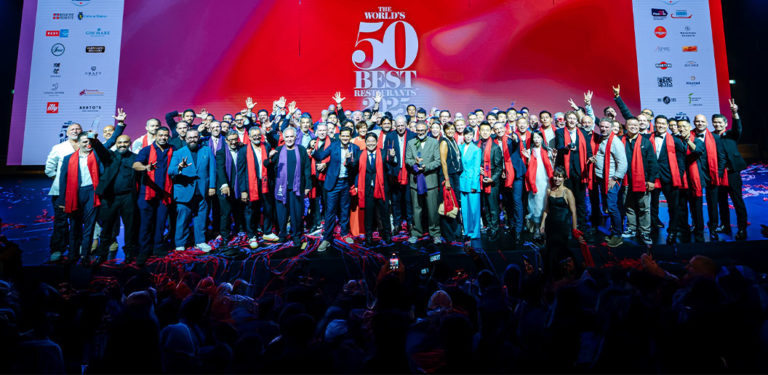The grandeur of Turin Italy’s Lingotto Fiere provided a fitting stage for gastronomy’s most anticipated night: The World’s 50 Best Restaurants 2025 awards ceremony. While Peru’s Maido claimed the ultimate accolade under chef Mitsuharu ‘Micha’ Tsumura’s visionary Nikkei artistry, the true revelation emerged from Southeast Asia. Bangkok delivered a masterclass in culinary dominance, securing an unprecedented six restaurants within the prestigious list – more than any city in the award’s history. This triumph cements Thailand’s capital as the world’s undisputed gastronomic nucleus, where ancient traditions and audacious innovation converge to redefine luxury dining.
The Pantheon of Culinary Excellence
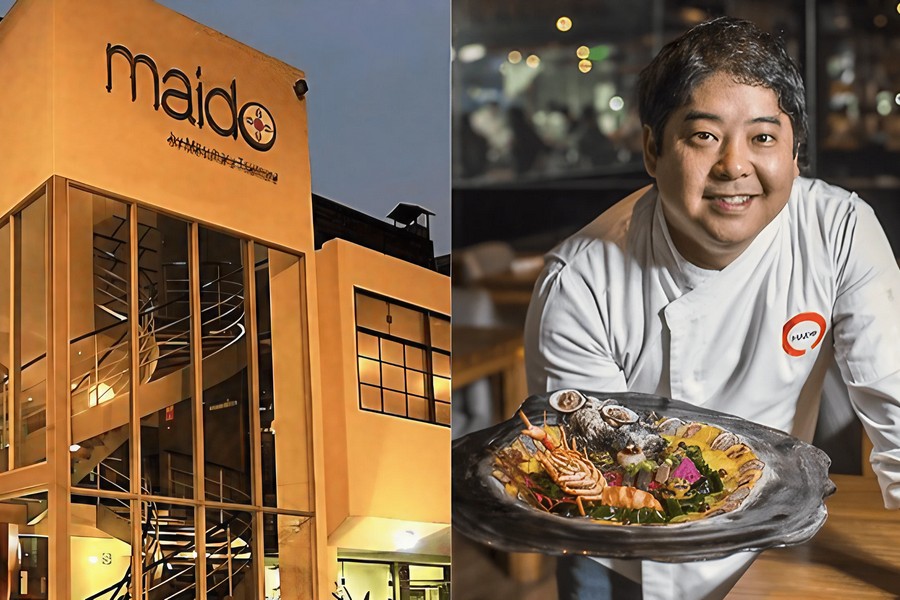
Maido (Lima, Peru | #1). Chef Tsumura’s fifteen-year odyssey culminates in this Nikkei symphony, where Edo-period precision harmonizes with Amazonian abundance. The restaurant’s namesake greeting (“Welcome!”) sets the tone for a 14-course journey through dishes like Aged Duck with Sacha Inchi – a 72-hour preparation kissed by pisco smoke – and Sea Urchin Risotto layered with ikura and Amazonian herbs. Each course reflects Tsumura’s philosophy: “Where Japan’s discipline meets Peru’s soul.”
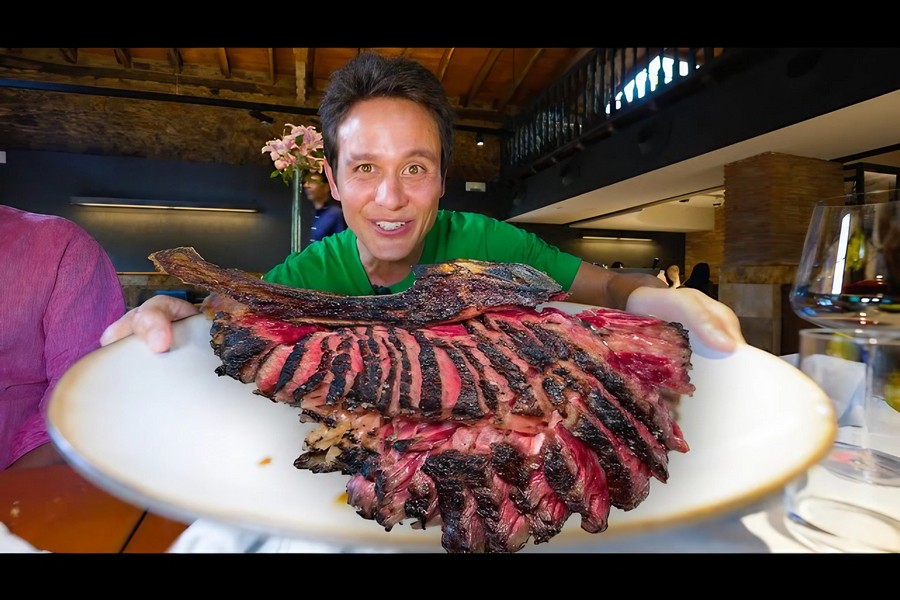
Asador Etxebarri (Atxondo, Spain | #2). Victor Arguinzoniz’s temple of elemental fire retains its silver throne. In this Basque-country sanctuary, ingredients become celestial: Charcoal-Grilled Caviar served on its shell, Smoked Palamós Prawns basted with their own fat, and Txuleta Beef aged under mountain winds. The minimalist open kitchen, where oak embers dictate flavors, embodies Arguinzoniz’s creed: “Fire reveals truth.”


Quintonil (Mexico City, Mexico | #3). Jorge Vallejo transforms indigenous biodiversity into poetic narratives. His Escamoles (ant larvae) reimagined as delicate tarts with avocado mousse, and Huitlacoche Tamal wrapped in hoja santa leaves, showcase Mexico’s terroir through contemporary vision. The jungle-themed dining room, alive with hanging vines, complements Vallejo’s mission: “To make ancestral ingredients speak modernity.”
DiverXO (Madrid, Spain | #4). Dabiz Muñoz’s three-Michelin-starred wonderland defies convention. Diners traverse “culinary continents” via edible sculptures: Iberian Pork disguised as tropical fruit with passionfruit gel, or Red Prawn “Gyozas” floating in dashi clouds. The immersive “chef’s table” experience – where courses arrive on surrealist tableware – reflects Muñoz’s manifesto: “Gastronomy is the last avant-garde art.”
Alchemist (Copenhagen, Denmark | #5). Rasmus Munk’s 50-course odyssey transcends dining. Within projection-mapped domes, dishes like “Coral Reef” (tapioca mimicking bleached coral with algae caviar) provoke environmental discourse. The “Dark Universe” course, served under starlight with headphones playing cosmic sounds, embodies Munk’s vision: “Where gastronomy meets social consciousness.”
Bangkok: The City of Six Stars
With half a dozen winners – more than Paris or Tokyo – Bangkok’s culinary renaissance has reached its zenith. From fiery southern curries to reimagined royal feasts, these establishments represent Thailand’s gastronomic soul:

Gaggan Anand (#6) remains Asia’s vanguard of progressive cuisine. His emoji-menu guided 25-course journey features showstoppers like Yogurt Explosion – spherified curd bursting with Indian spices – and Charcoal Seabass in smoked mustard oil. The minimalist concrete space, punctuated by Anand’s rock soundtrack, embodies his rebellion: “Against culinary dogma.”
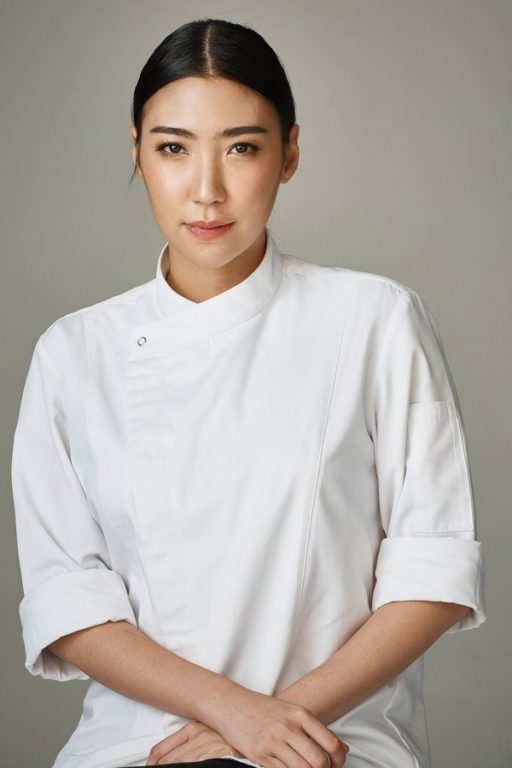
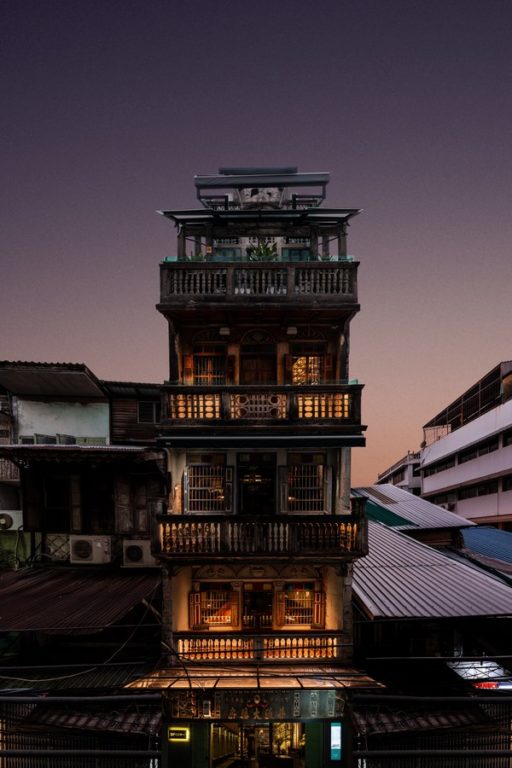
Potong (#13 | Highest New Entry) transcends dining under Chef Pichaya ‘Pam’ Soontornyanakij. Within her family’s 120-year-old Chinatown apothecary, ancestral stories unfold through “Five Elements” courses. Each dish reflects Pam’s Peranakan heritage, earning her dual coronation as The World’s Best Female Chef in 2025.
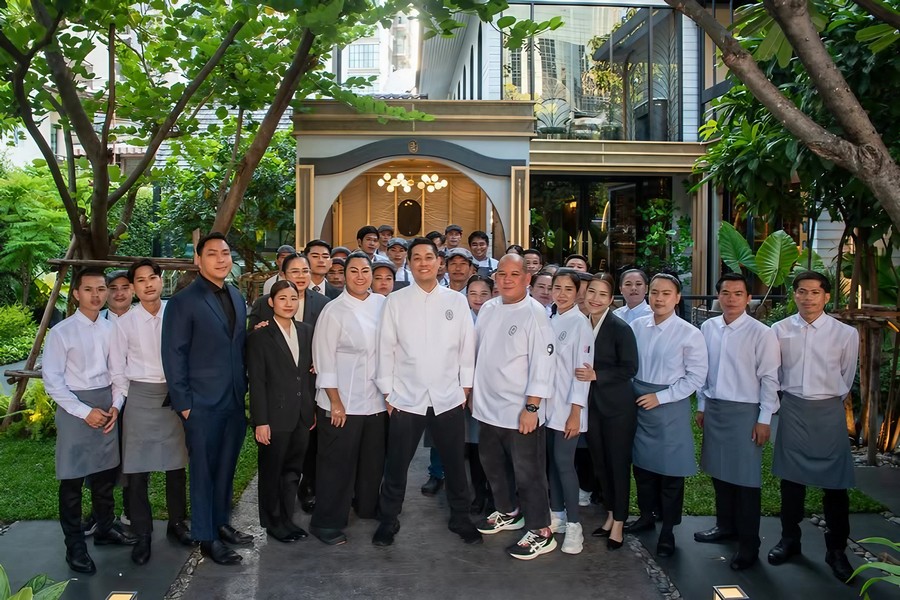
Sorn (#17) channels Southern Thailand’s soul. Chef Supaksorn ‘Ice’ Jongsiri’s “Southern Heirloom” menu resurrects forgotten recipes: Dry-Aged Fish Curry with jackfruit and betel leaves, or Smoked River Prawns with wild turmeric. Ingredients sourced directly from Surat Thani farmers support Ice’s mission: “Preserving culinary DNA.”
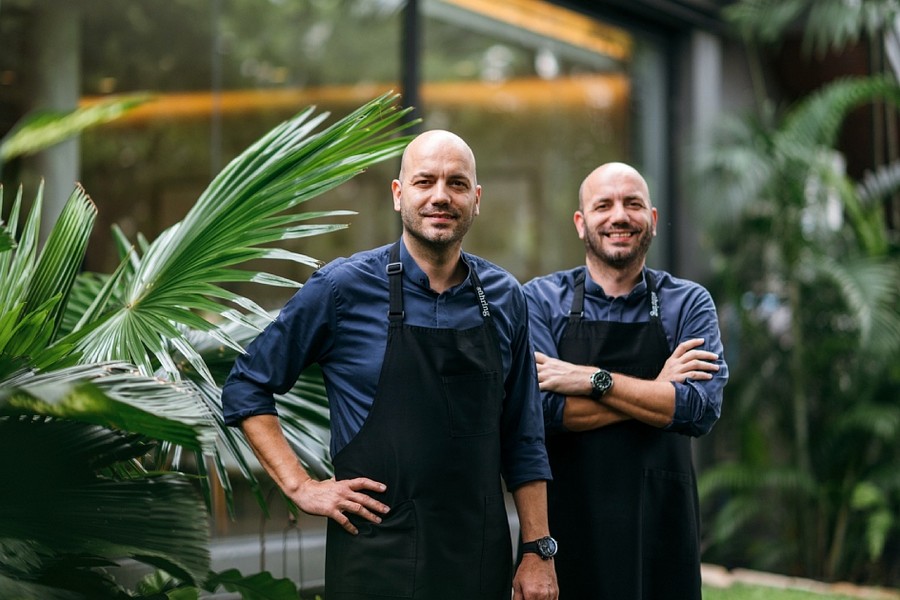
Sühring (#22) merges German precision with Thai spirit. Twin chefs Thomas and Mathias reinvent nostalgia: Thai Breakfast dessert transforms sticky rice into caramelized towers, while Schnitzel gets lemongrass-infused breadcrumbs. The glass-walled kitchen in a tropical villa reflects their philosophy: “Heimat (homeland) reimagined.”

Le Du (#30) showcases Chef Ton’s modern Thai odyssey. Seasonal fermentation drives dishes like River Prawn in green curry oil with smoked riverweed, or Aged Duck with tamarind-lotus seed glaze. The name (“Season” in Thai) reflects Ton’s core: “Where tradition evolves.”
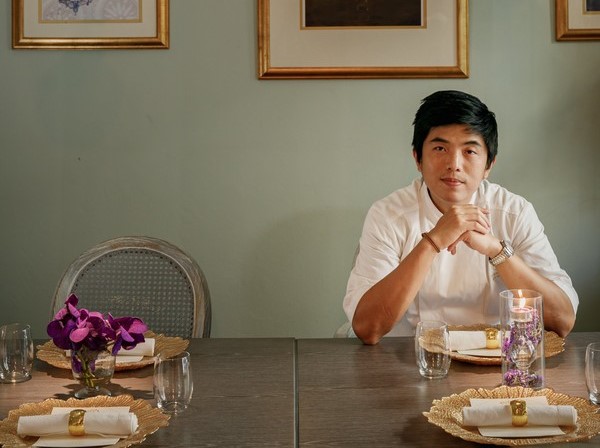
Nusara (#35) explores royal Thai heritage. Chef Ton’s tribute to his grandmother features Hor Mok crab custard steamed in banana leaves and Massaman Wagyu with century-old spice blends. Located near Bangkok’s Grand Palace, the dining room’s gold-leafed ceilings honor its inspiration: “Palace cuisine democratized.”
The Architects of Change
Beyond Bangkok’s radiance, the ceremony celebrated pioneers reshaping gastronomy’s landscape: Ikoyi (London | #15) claimed the Highest Climber Award (+27 places) with Jeremy Chan’s West African-spiced masterpieces like plantain-smoked turbot. Maxime Frédéric (Paris) earned The World’s Best Pastry Chef title through creations like caramelized white chocolate “eggshells” with yuzu caviar at Cheval Blanc. Mohamed Benabdallah (Atxondo) was crowned The World’s Best Sommelier for pairings elevating Asador Etxebarri’s fire-crafted simplicity. Celele (Cartagena | #48) received the Sustainable Restaurant Award for sourcing 90% wild/local ingredients while preserving Caribbean traditions.
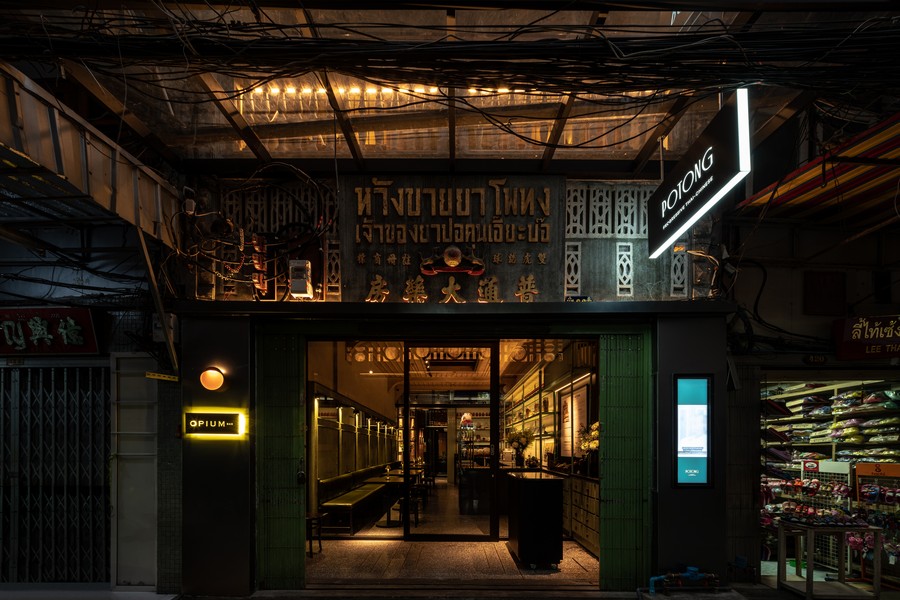
Culinary Cartography Redrawn
Bangkok’s sextet represents more than civic pride – it heralds a paradigm shift in gastronomic influence. Chef Pam’s unprecedented double victory at Potong crystallizes this moment: heritage cuisine, led by female visionaries, now commands global reverence. From Gaggan’s technical pyrotechnics to Nusara’s royal whispers, Bangkok offers a symphonic diversity where every meal becomes cultural archaeology. As discerning epicureans chart their pilgrimages, the compass now points unequivocally east – to the Chao Phraya’s banks, where Michelin stars rise alongside temple spires, rewriting gastronomy’s atlas one unforgettable bite at a time.


